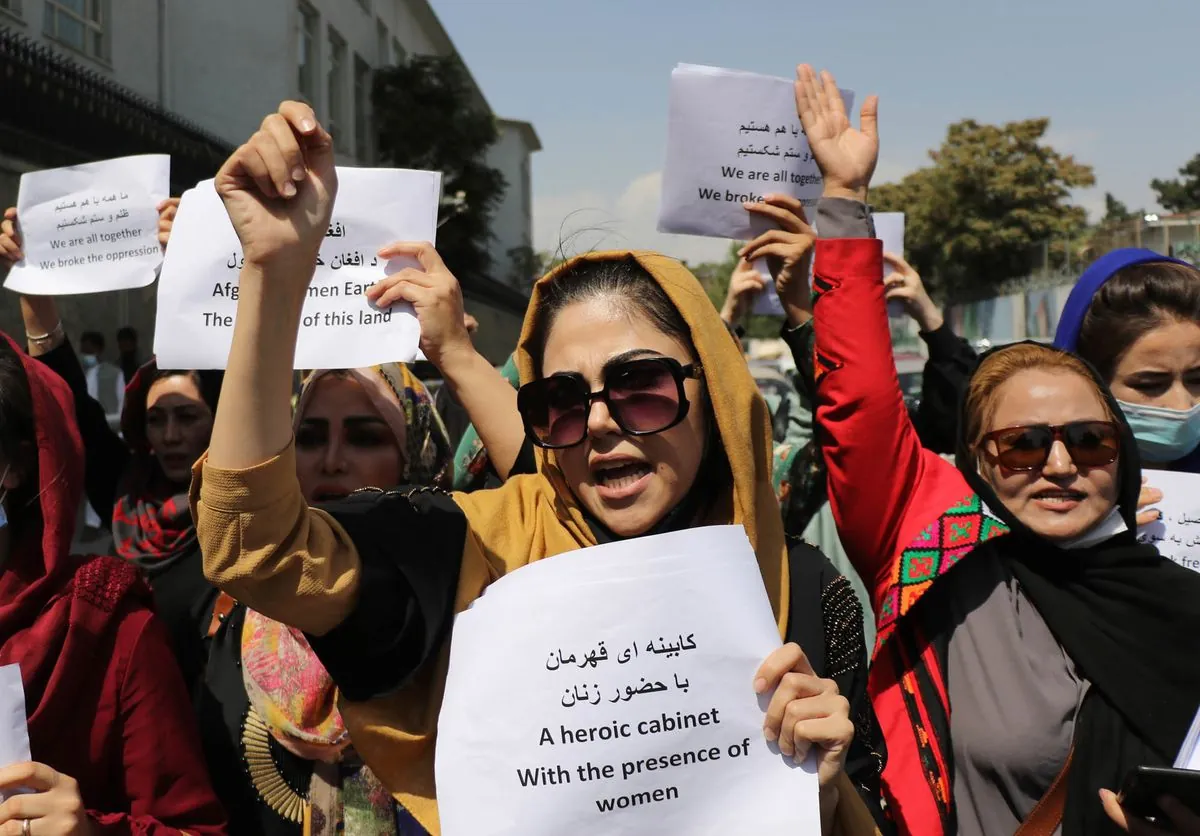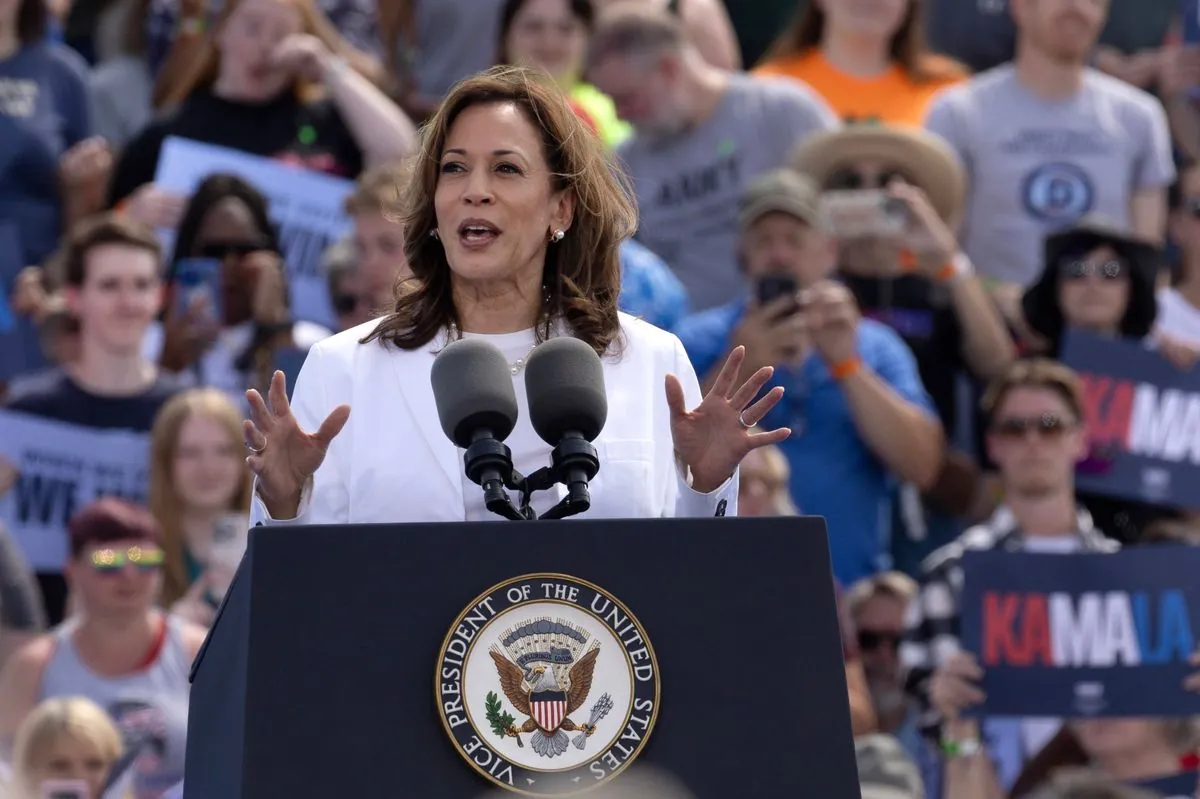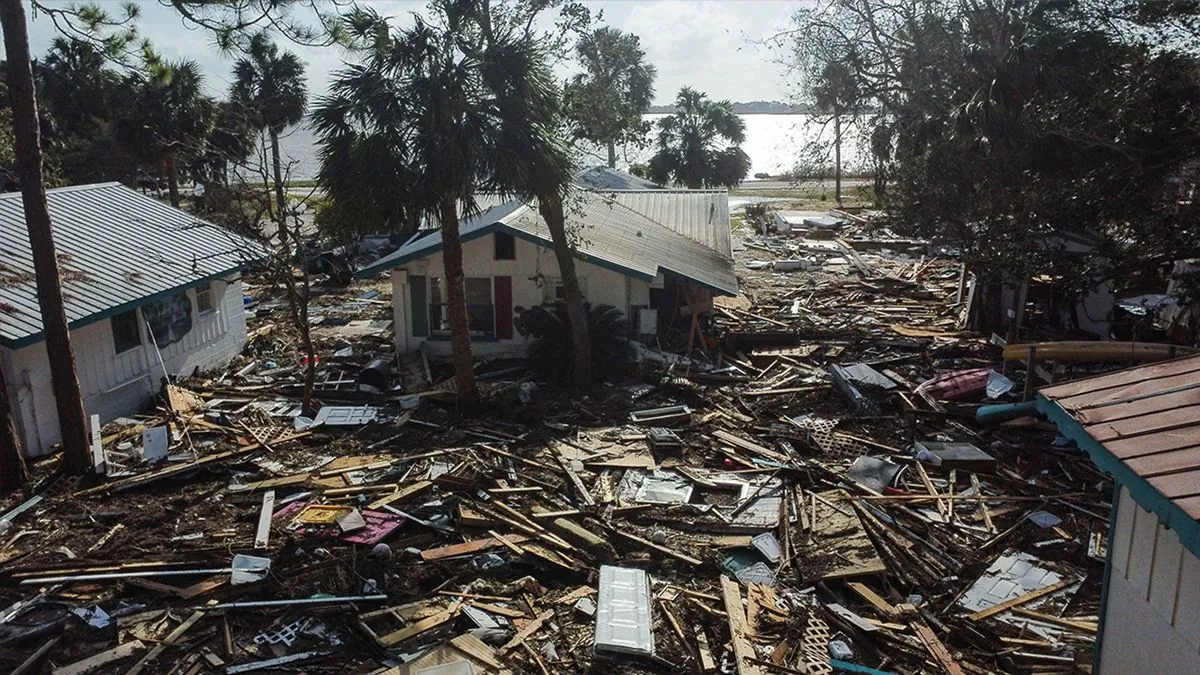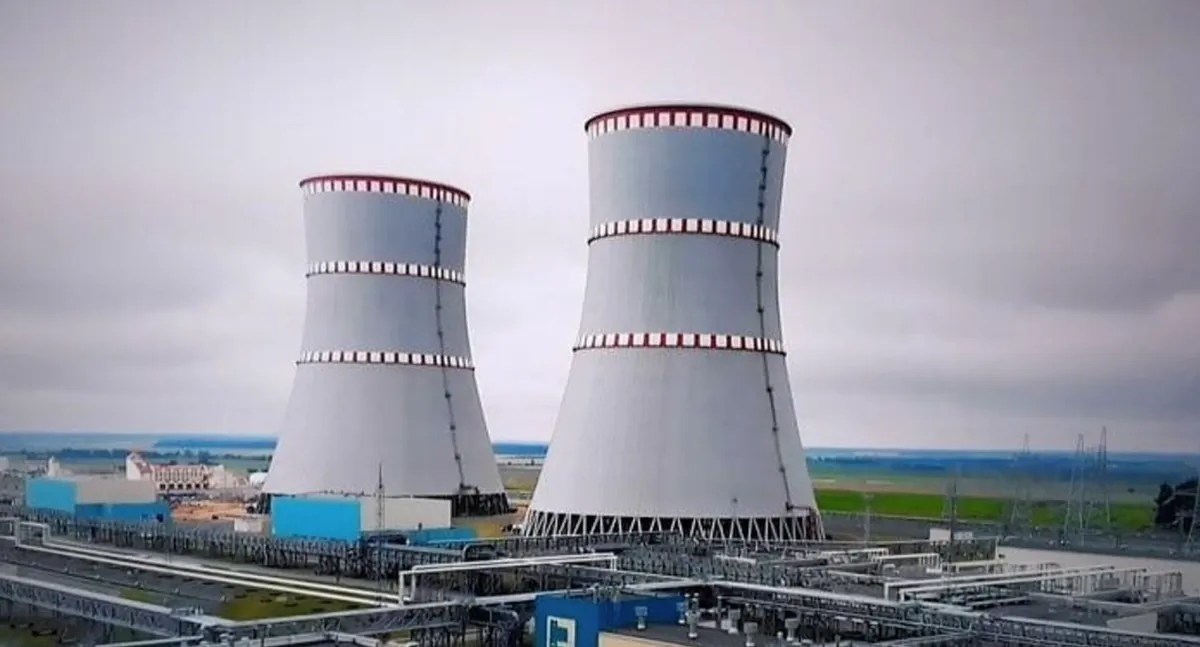US Affordable Housing Crisis Deepens as LIHTC Units Face Expiration
Affordable housing in the US faces a critical challenge as Low-Income Housing Tax Credit units approach expiration. States and tenants struggle to maintain affordability amid rising rents and limited options.
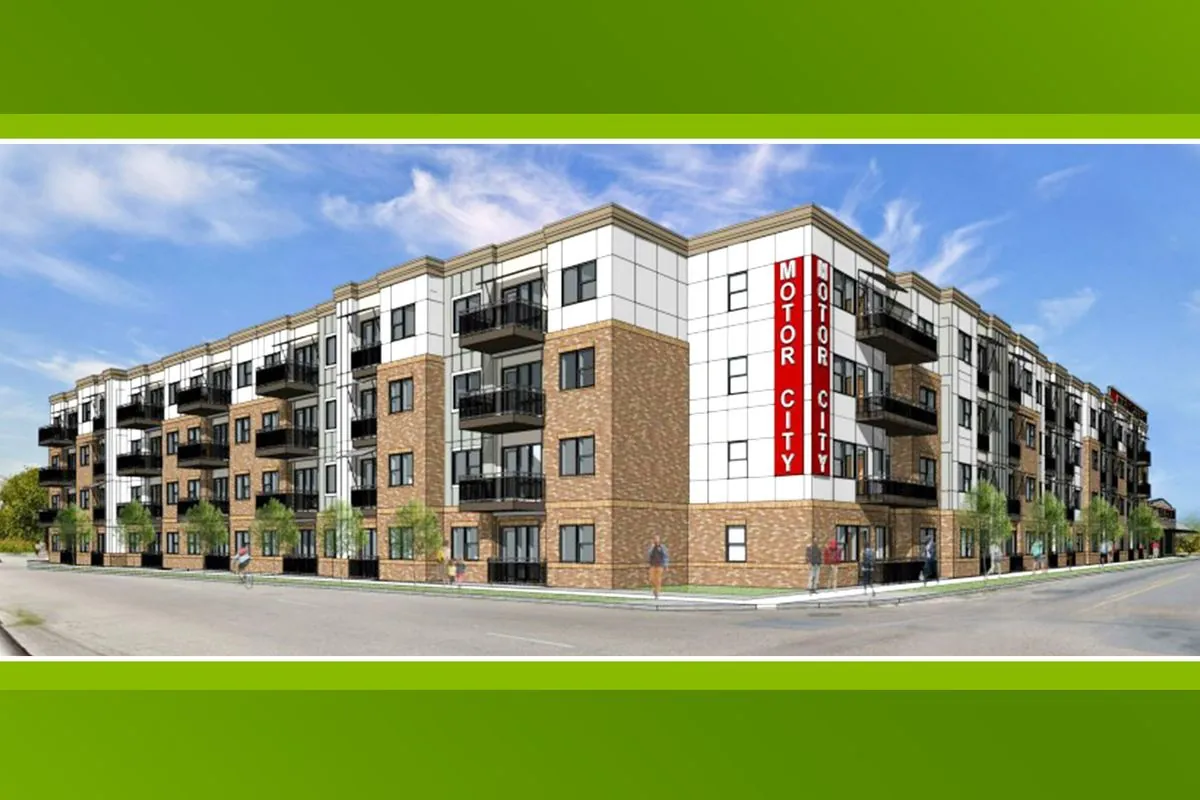
The United States is grappling with a severe affordable housing crisis, exacerbated by the potential loss of thousands of units created through the Low-Income Housing Tax Credit (LIHTC) program. This federal initiative, established in 1987, has been instrumental in developing affordable housing across the nation.
The LIHTC program, which has produced approximately 3.6 million affordable units since its inception, is now at a critical juncture. As many as 223,000 units could lose their affordability status within the next five years, potentially displacing numerous low-income tenants. This situation is particularly alarming given that LIHTC accounts for about 90% of all affordable rental housing created in the United States today.
The core issue stems from the program's structure, which typically requires units to remain affordable for a minimum of 30 years. As this period expires for properties developed in the 1990s, a significant number of units are at risk of transitioning to market-rate housing. Projections suggest that by 2030, approximately 350,000 LIHTC units could lose their affordability status, with this number potentially reaching 1 million by 2040.
Sarah Saadian, vice president of public policy at the National Low Income Housing Coalition, aptly describes the situation: "It's sort of like having a boat with a hole at the bottom." This analogy underscores the challenge of addressing the housing crisis while simultaneously losing existing affordable units.
Some states have taken proactive measures to mitigate this issue. California, for instance, has extended the affordability requirement for new LIHTC properties to 55 years and prioritizes expiring developments for new tax credits. Similarly, Colorado has implemented policies to preserve LIHTC properties beyond their initial compliance period.
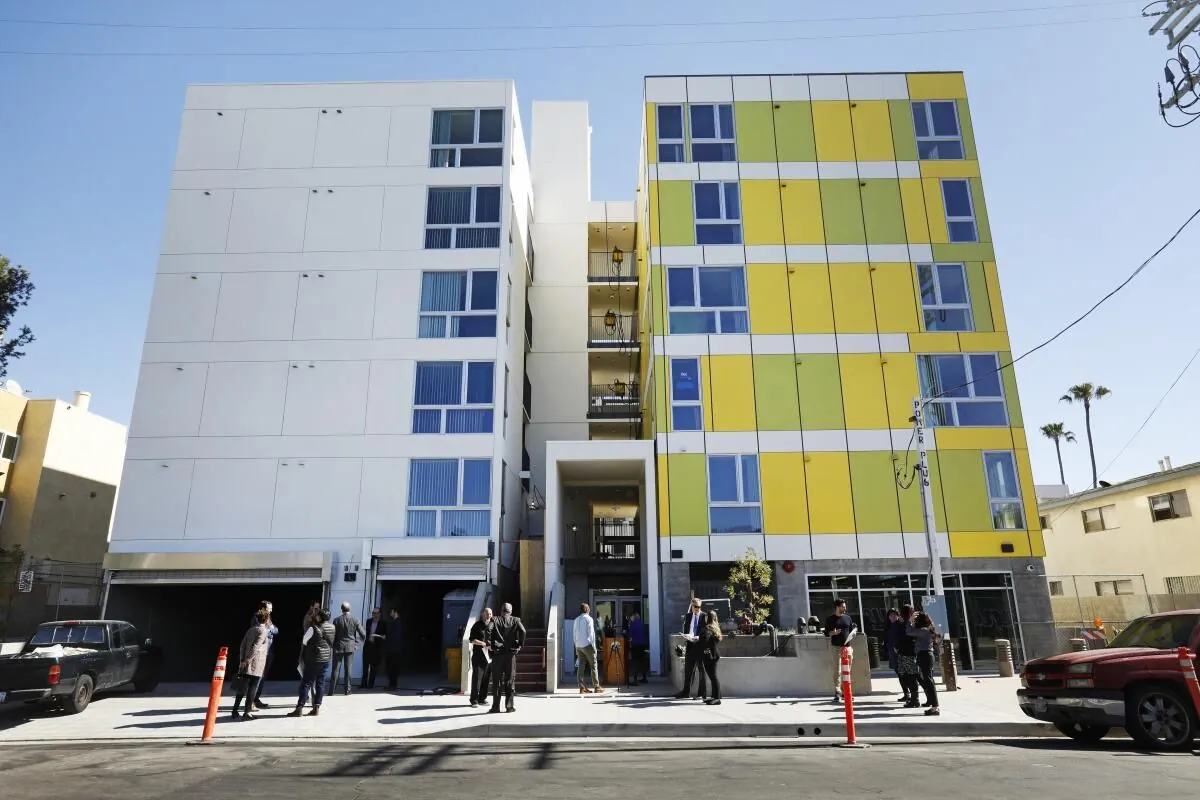
The impact on tenants when LIHTC units lose affordability can be severe. Marina Maalouf's experience in Los Angeles exemplifies this struggle. Her rent skyrocketed from $1,100 to $2,660 in 2021 when her building's LIHTC status expired, leaving her family facing potential eviction and homelessness.
While local governments and nonprofits can sometimes purchase expiring properties to maintain affordability, this approach is not always feasible due to limited resources. The LIHTC program, which costs the federal government approximately $8 billion per year, has been both praised for leveraging private investment in affordable housing and criticized for its complexity and lack of oversight.
As the affordable housing crisis deepens, policymakers and housing advocates are exploring various solutions. These include expanding the LIHTC program, improving data collection to better understand long-term outcomes, and combining LIHTC with other federal housing programs to create mixed-income communities.
The ongoing struggle for affordable housing underscores the need for comprehensive, long-term solutions to address this critical issue affecting millions of Americans. As Marina Maalouf poignantly states, "We'll keep fighting, but day by day it's hard. ... I'm tired already." Her words echo the sentiments of countless individuals and families facing housing insecurity across the nation.
"We still here. We still here."





